Richard is from the Chicago Area in Illinois in the USA. He has a Master’s of Education in Curriculum and Instruction from Concordia University. He has a Bachelor of Arts degree in History from Greenville University. He has a TEFL and is licensed to teach public school in the State of Mississippi in the USA. He is in his 8th year in the classroom .Richard focuses on keeping the classroom engaging and equitable for all students.
Kids like to play. There is no person in the world that would disagree with that.
Pursuing their own purposes, they tend to tackle problems that are challenging enough to be engrossing yet not totally beyond their capacities.

Sticking with a problem — puzzling over it and approaching it in various ways — can lead to powerful learning, in addition, when several children grapple with the same problem, they often come up with different approaches, discuss various strategies, and learn from one another.

These aspects of play can promote thinking and learning in mathematics as well as in other areas.

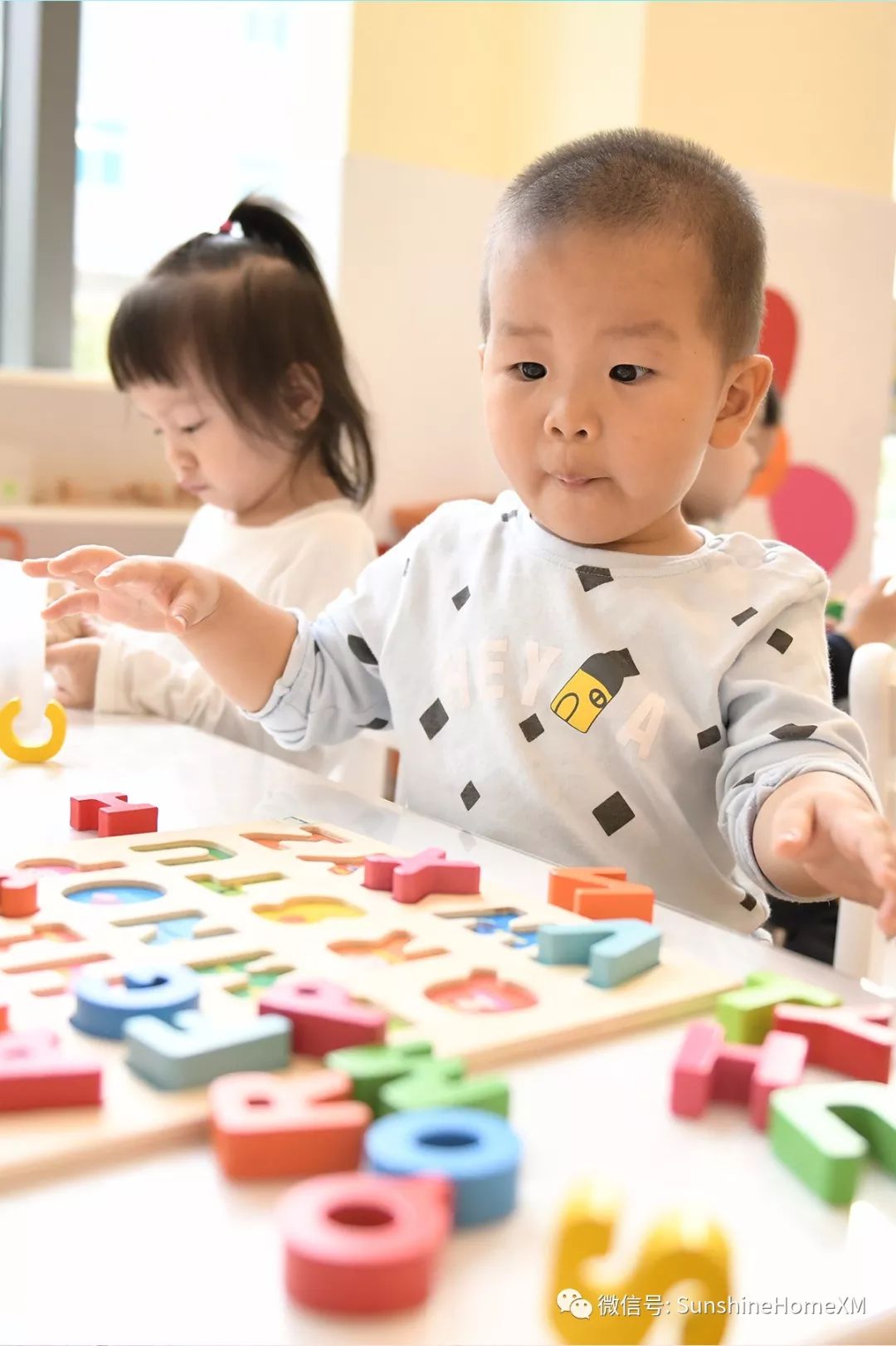

Young children explore patterns and shapes, compare sizes, and count things. But how often do they do that? And what does it mean for children's development?
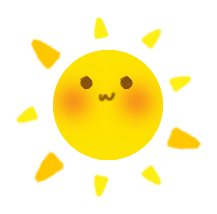
Example: One girl took out all the plastic bugs from the container and sorted them by type of bug and then by color.
(describing and comparing the size of objects). When Brianna brought a newspaper to the art table to cover it, Amy remarked, "This isn't big enough to cover the table."
(saying number words, counting, instantly recognizing a number of objects, or reading or writing numbers). Three girls drew pictures of their families and discussed how many brothers and sisters they had and how old their siblings were.
(putting things together, taking them apart, or exploring motions such as flipping). Several girls flattened a ball of clay into a disk, cut it, and made "pizza."
(identifying or creating patterns or shapes, or exploring geometric properties). Jennie made a bead necklace, creating a yellow-red color pattern.
(describing or drawing a location or direction). When Teresa put a dollhouse couch beside a window, Katie moved it to the center of the living room, saying, "The couch should be in front of the TV."



The range of mathematics explored during free play is impressive. We can see that free play offers a rich foundation on which to build interesting mathematics.
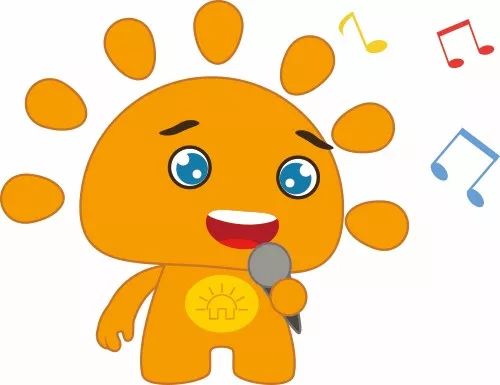
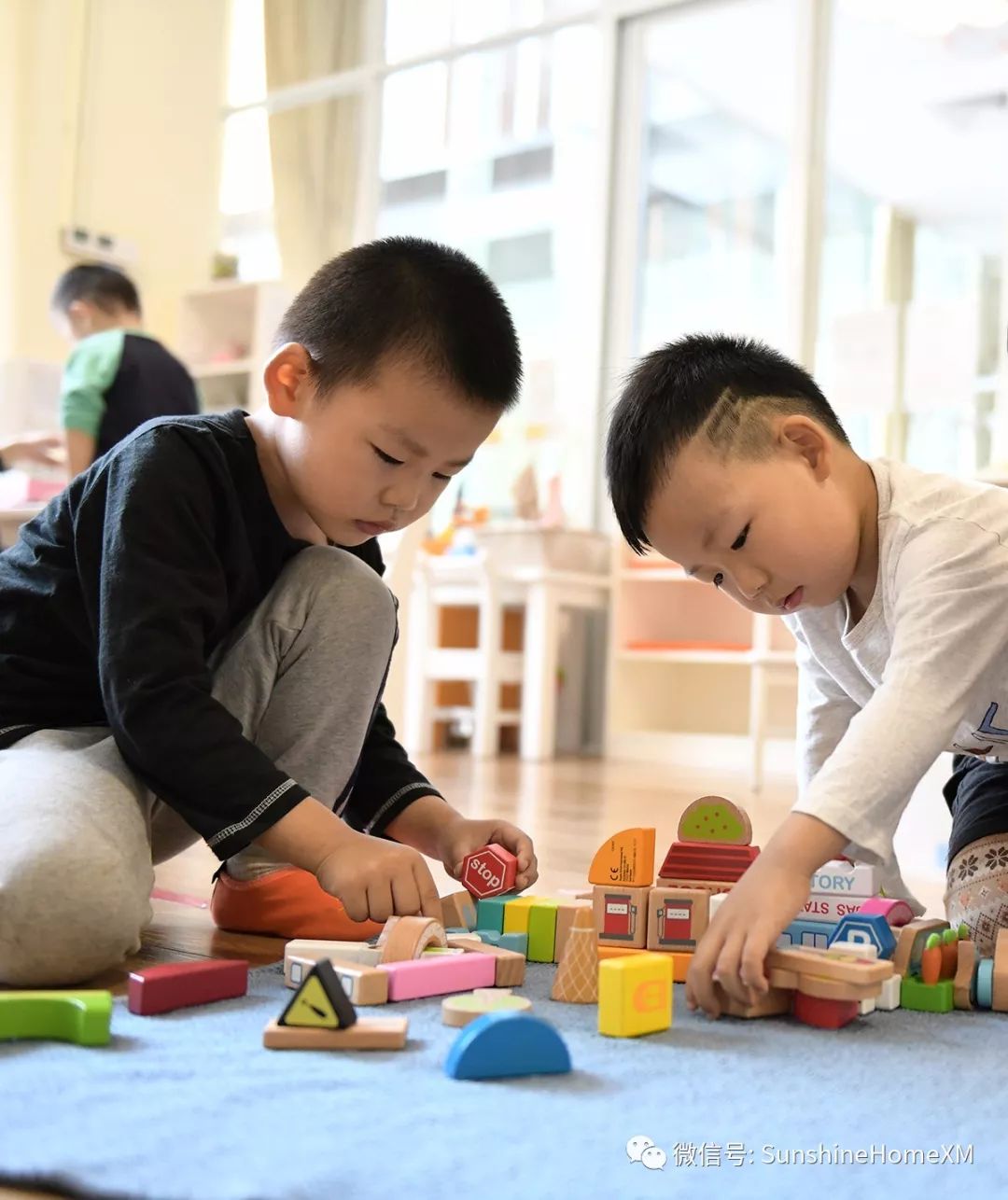

These everyday experiences form the foundation for later mathematics.
Later, children elaborate on these ideas. This process is called "mathematization." And we recognize that children need both these foundational experiences, as well as specific math activities.

Play does not guarantee mathematical development, but it offers rich possibilities.
Significant benefits are more likely when teachers follow up by engaging children in reflecting on and representing the mathematical ideas that have emerged in their play.
Teachers enhance children's mathematics learning when they ask questions that provoke clarifications, extensions, and development of new understandings.

International Sunshine Home is Xiamen’s premier bilingual Arts and Sciences pre-school. Our qualified teachers and small class sizes help your child grow up in a safe and happy environment.
We welcome you to visit us in person to find out more. Simply reply to our WeChat and send us your name and your child’s name along with your phone number.
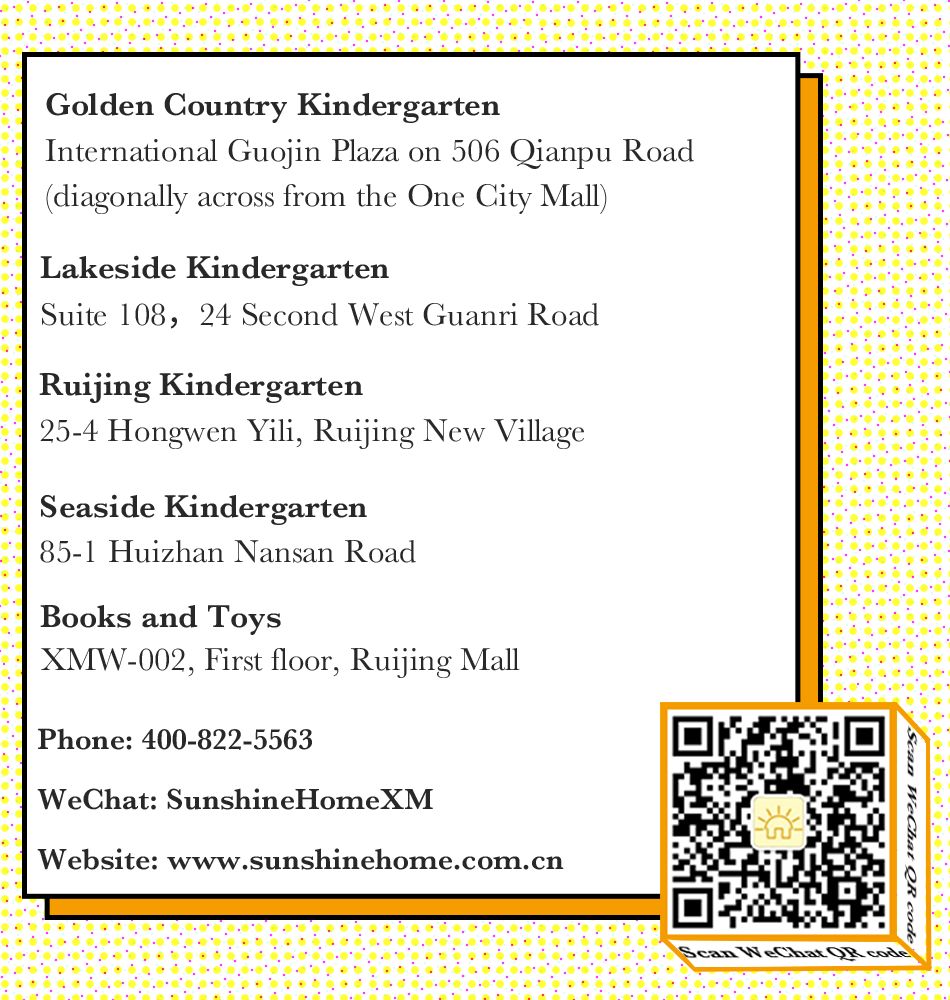







 International Sunshine Home Arts & Sciences
International Sunshine Home Arts & Sciences